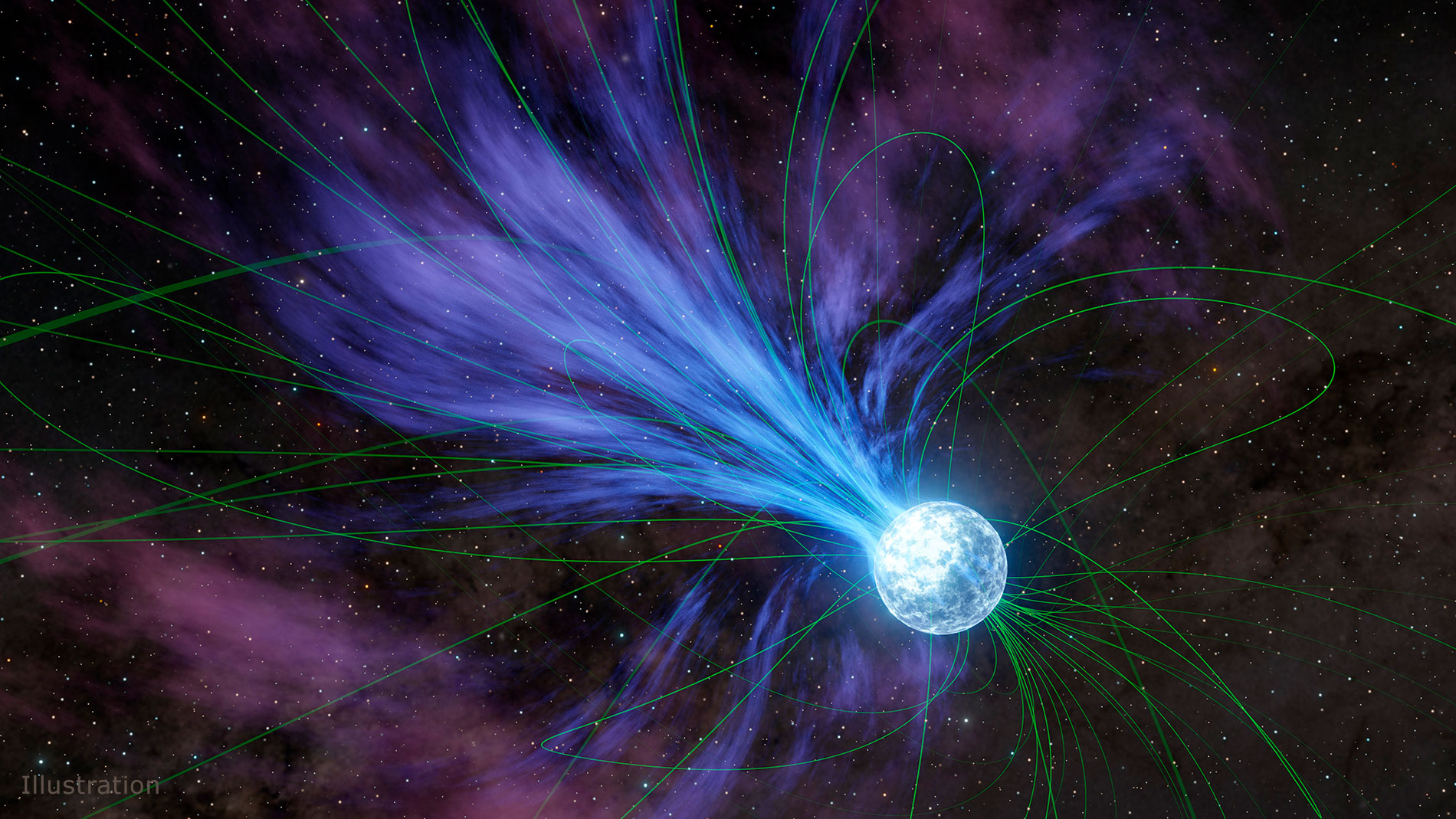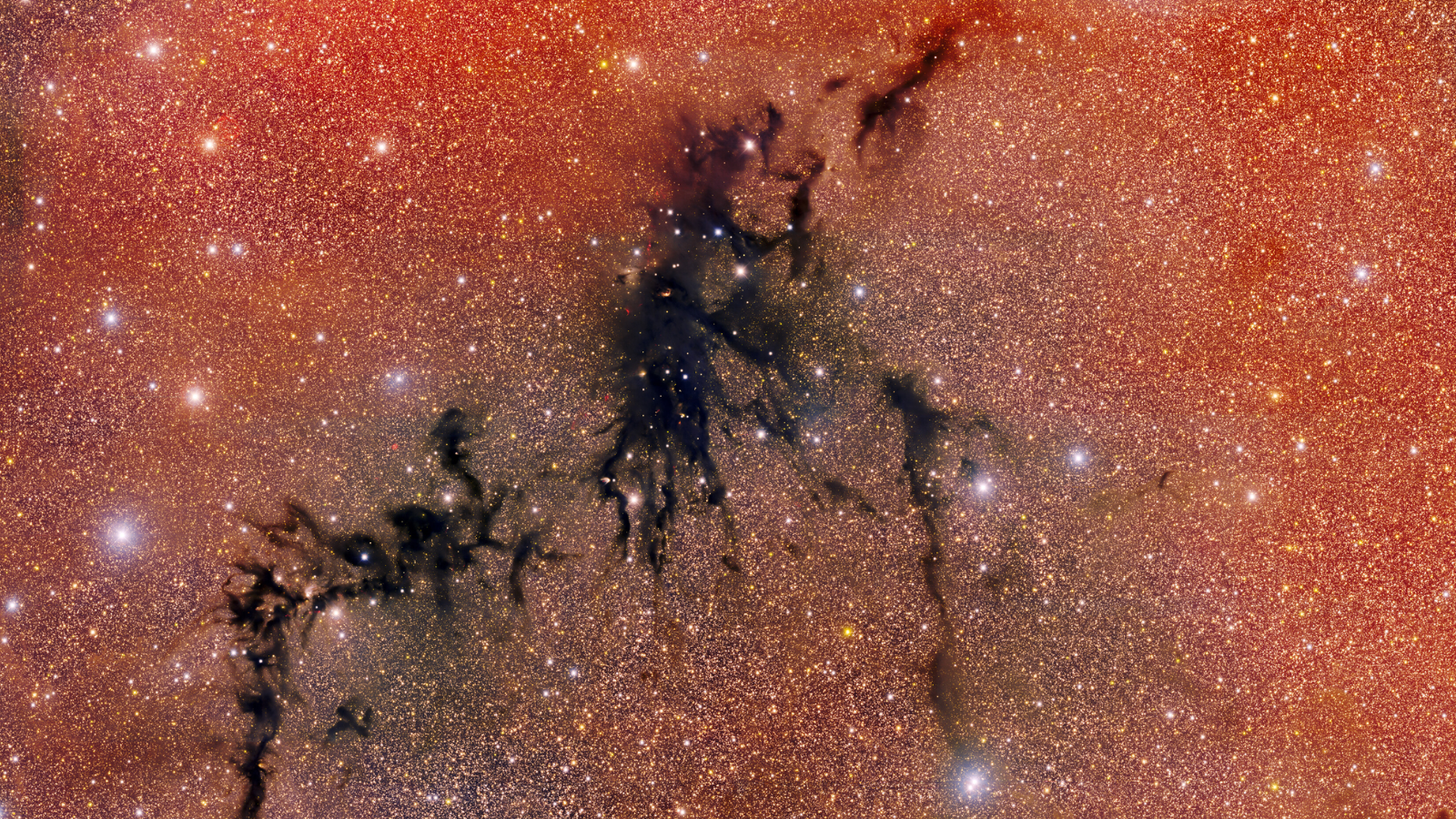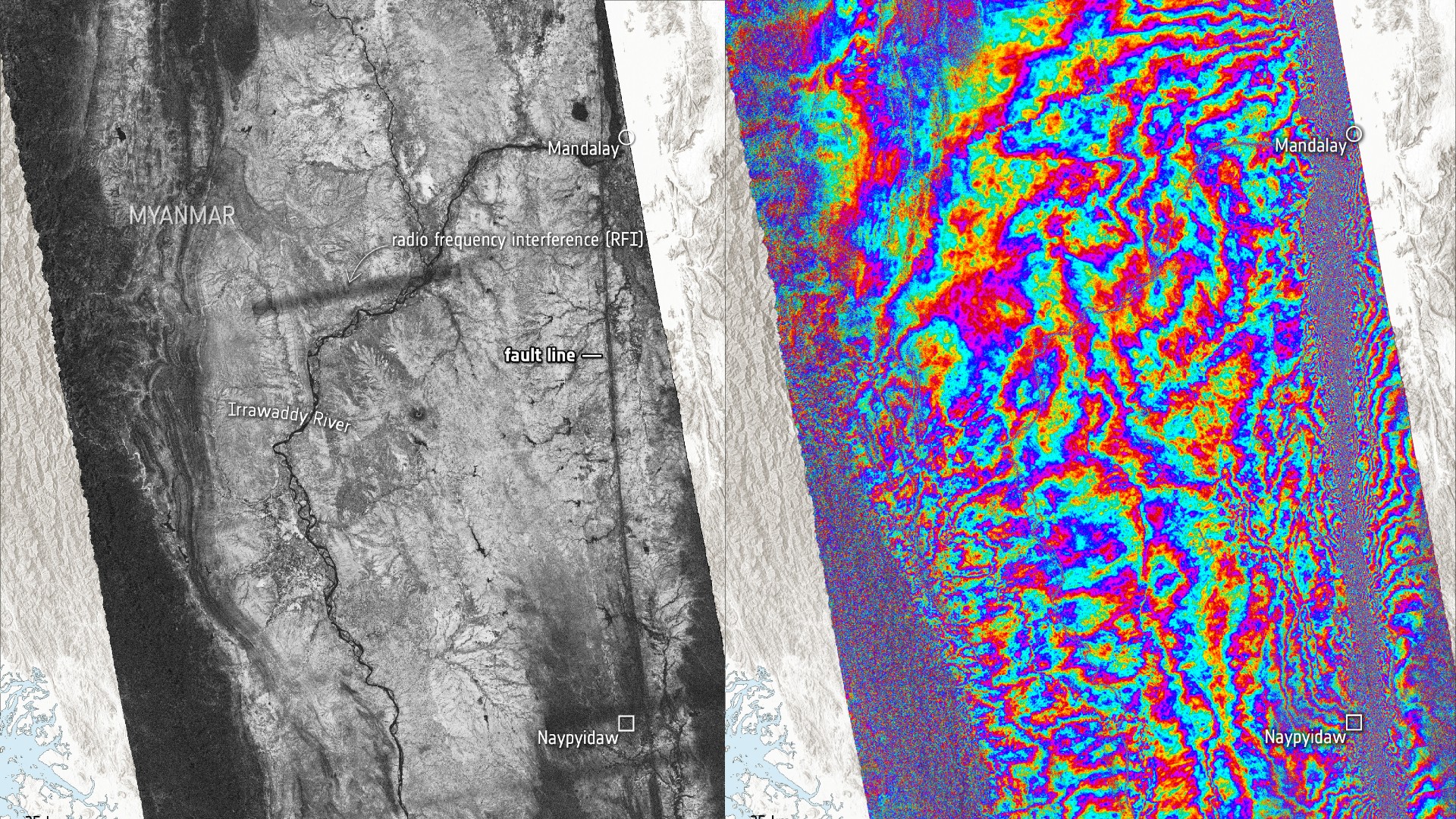'Quantum Leap' showrunner, tech advisor on recreating space shuttle for 'Atlantis'
"We needed to bend the rules just to make it a little more thrilling for the people at home."

It could probably go without saying, but just for the record, the space shuttle mission shown on 'Quantum Leap" did not happen.
As first aired on Monday (Sept. 26) on NBC and now streaming on Peacock, the episode "Atlantis" had Ben Song (Raymond Lee) join the crew of the space shuttle Atlantis, leaping into the body of an astronaut as the mission launched.
Warning: the following article contains spoilers for "Atlantis," the second episode of the new "Quantum Leap" series.
"It didn't make sense in an episode like this to base it on a real shuttle mission," Martin Gero, executive producer and showrunner for "Quantum Leap," said in an interview with collectSPACE.com. "It was simply enough to say we are going to be on the space shuttle."
"One of the ways we thought we could skirt around it not being a known mission was to have it be a classified flight, something about launching a military satellite, so that's why it was off the books and no one knew about it," Gero said. "But we were going a lot out of our way to be grounded in the real 1990s and realized that our audience didn't really care that much one way or the other."
- Want to try Peacock Premium? Get the 1st 12 months for $1.99/month
- Subscribe to Peacock Premium for $9.99/month
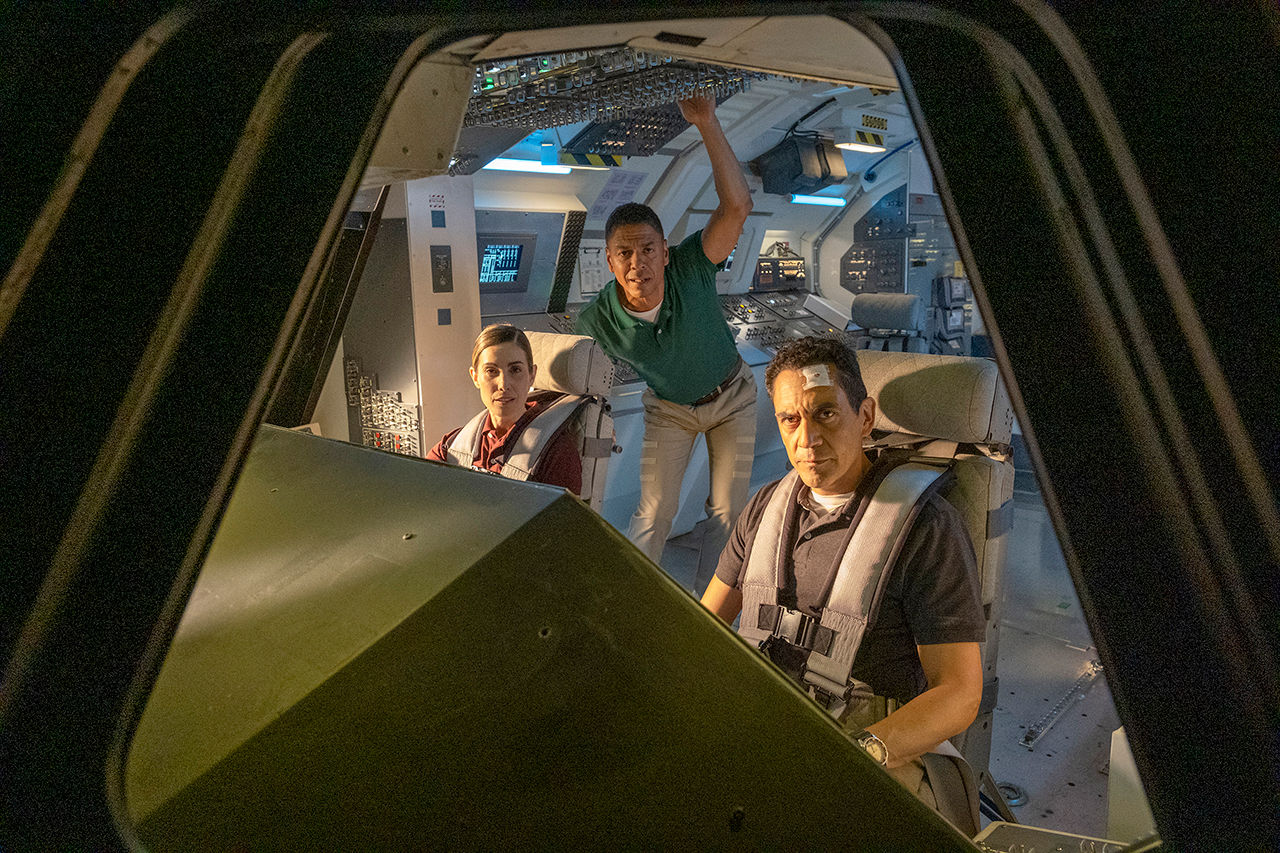
In the show, it is established that Song lifted off on Atlantis on March 7, 1998, on the mission delivering the first piece of the International Space Station to orbit. From just those few details, it would be clear to those familiar with space shuttle history that this is a fictional flight.
To begin, there was no launch on that date. The closest mission was STS-90, the 25th mission by orbiter Columbia, which began on April 17, 1998. (The launch footage shown in the episode is from STS-122, an Atlantis mission from a decade later in 2008.)
Get the Space.com Newsletter
Breaking space news, the latest updates on rocket launches, skywatching events and more!
The first shuttle mission to deliver a component of the International Space Station did, in fact, fly in 1998, but on Endeavour and on Dec. 4 of that year. The STS-88 mission brought up the "Unity" node to berth with Russia's Zarya functional cargo block, which was already in orbit.
Atlantis, as history records, did not fly in 1998. It spent the first eight months of that year at its assembly plant in California, receiving glass cockpit displays, a GPS navigation system and a new docking port to enable future missions to the International Space Station. The work also included the removal of the extended duration orbiter package, which allowed Atlantis to remain longer in space with added cryogenics on board.
History aside, the orbiter in "Atlantis" differs in appearance from its namesake — and all of the other winged shuttles in NASA's fleet.
"Like any sci-fi show, you start to fray the edges a bit," Gero said. "For instance, the flight deck is actually very close to the actual flight deck of the space shuttle. But the mid deck looks totally different and functions totally different."
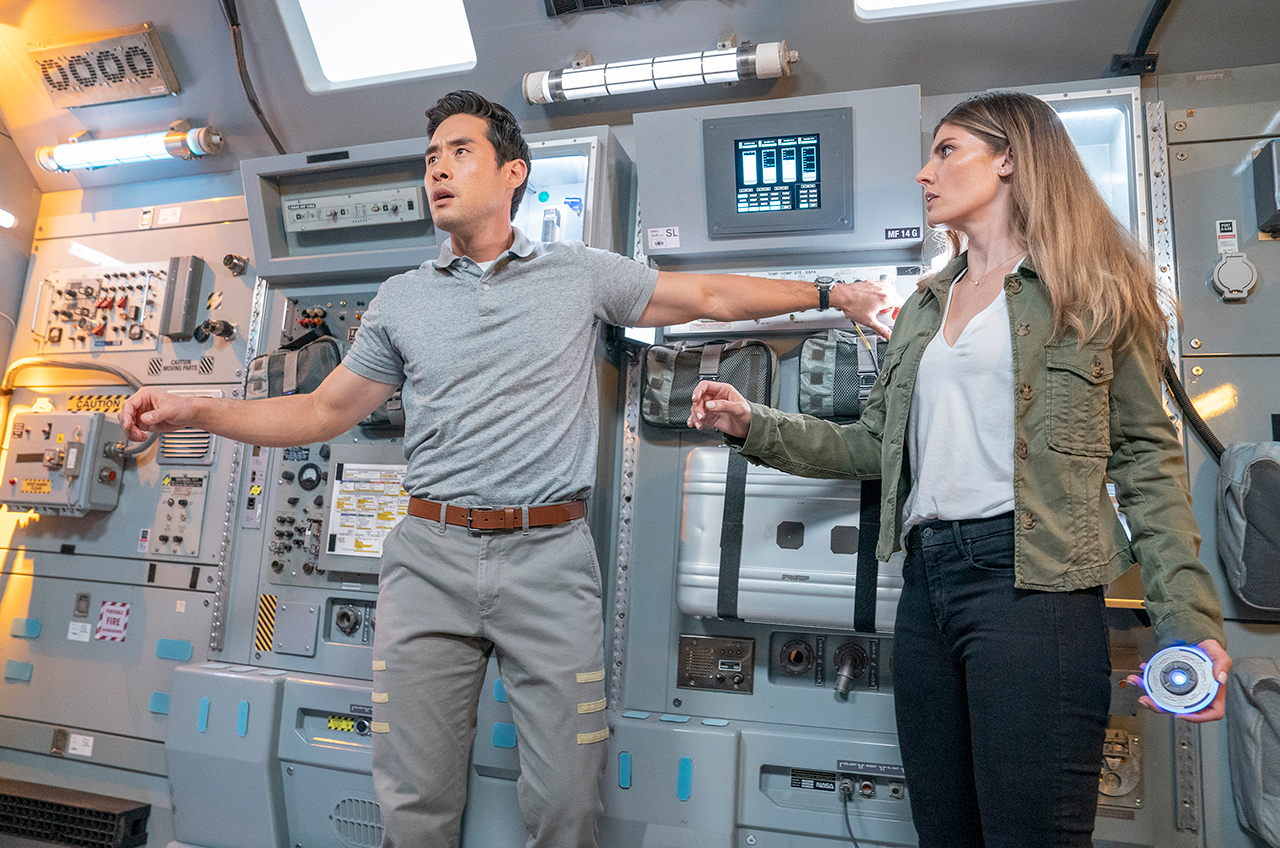
The flight deck set, which was previously used on other TV and film productions, was modeled after the real vehicle's cockpit, but is much more spacious to accommodate the action planned for the episode and the cameras filming it. The mid deck, on the other hand, was built for "Quantum Leap."
"That was done because we needed people to be able to actively be working upstairs and downstairs on things that maybe wouldn't make sense to work on upstairs and downstairs. So if you are a big shuttle fan and went to Space Camp when you were a kid, like I did, you know there are things in this episode that will drive you totally insane," Gero said.
Not that the show got everything wrong. One of the major plot points involved having to redirect the shuttle from where it was to deploy the International Space Station module to Russia's space station Mir. Although it no longer exists today, Mir was still in orbit and had a crew on board in March 1998.
"In theory, given the right conditions — and that's a big if — you could fly a shuttle from what was the beginning of the International Space Station to Mir," Robert Yowell, a former NASA space shuttle flight controller who served as the technical advisor for the episode, told collectSPACE. "The Russians did it before with a Salyut and Mir years earlier."
Soyuz T-15, launched in 1986, marked the first time that a spacecraft visited and docked with two space stations in the same mission. Cosmonauts Leonid Kizim and Vladimir Solovyov did not just complete the 29-hour transfer between the Mir and Salyut 7 space stations once, but also made the return trip.
"What's interesting is in the episode, they dump the International Space Station module. If your vehicle is a lot lighter, that leaves you with extra fuel, so perhaps you could achieve that type of rendezvous," Yowell said.
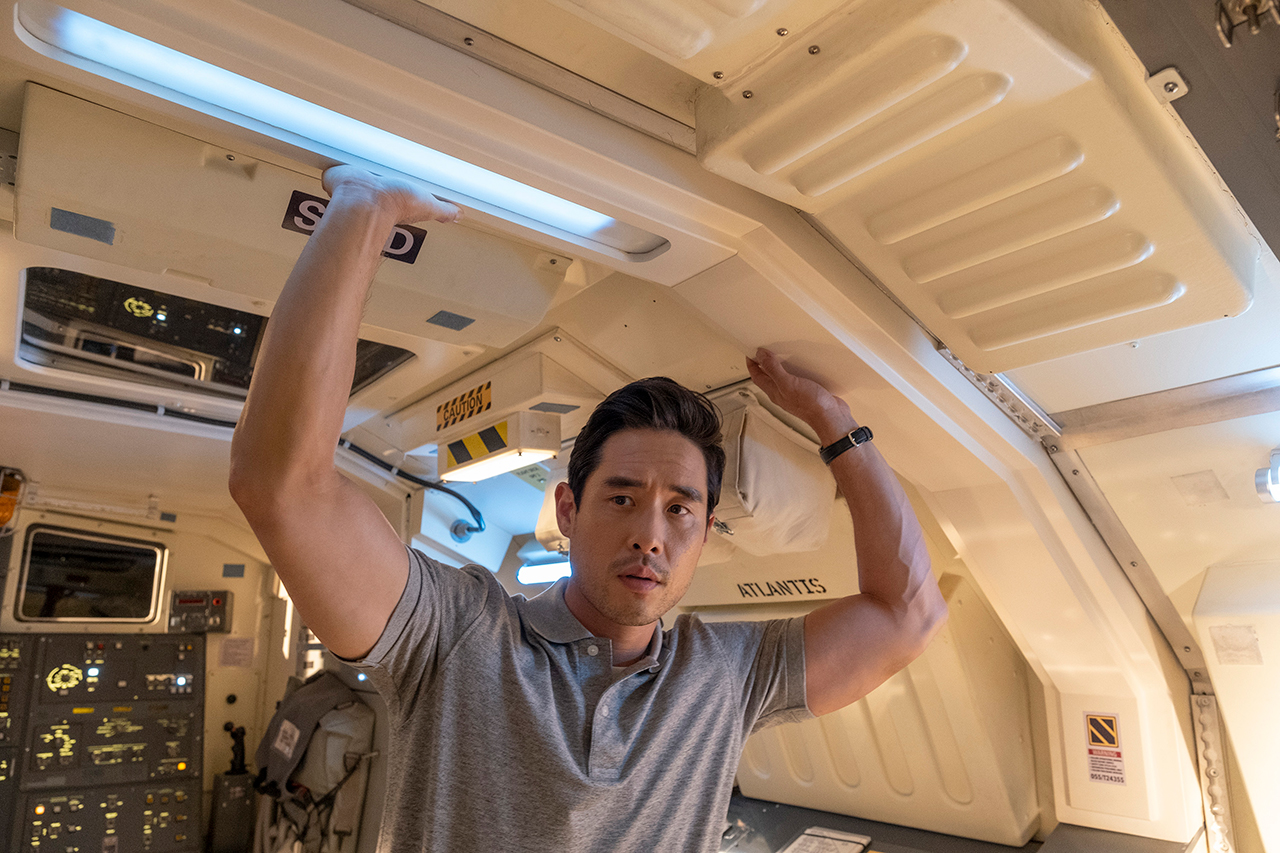
Yowell's contributions to "Atlantis" also included filling in the proper dialog for key mission milestones, such as the technical callouts during launch.
"The writers came to me and said there were two or three scenes where they needed additional 'NASA-ese' dialog. So that's where I helped," he said.
"Robert was incredible," Gero said of Yowell, "giving us what was the reality of what it would be and was also so accommodating, realizing that on the type of show we are doing, which is an action-comedy in this episode, that we needed to bend the rules just to make it a little more thrilling for the people at home."
While the show takes a number of liberties, it also includes some nods to real space shuttle missions and astronauts. At one point, there is a mention of a later crew not making it home safely due to debris damaging their orbiter's heat shield, a direct reference to STS-107, the 2003 ill-fated final mission of Columbia.
And then there is the person Song is trying to save, Japanese-American astronaut David Tamara, who is originally destined to die on the shuttle. The character loosely evokes the memory of Elison Onizuka, the first Asian-American to fly into space, who died on the space shuttle Challenger in 1986.
"We want to be respectful to any real person and try to fictionalize as much as we can, but it was something that was discussed," Gero said.
Follow collectSPACE.com on Facebook and on Twitter at @collectSPACE. Copyright 2022 collectSPACE.com. All rights reserved.
Join our Space Forums to keep talking space on the latest missions, night sky and more! And if you have a news tip, correction or comment, let us know at: community@space.com.

Robert Pearlman is a space historian, journalist and the founder and editor of collectSPACE.com, a daily news publication and community devoted to space history with a particular focus on how and where space exploration intersects with pop culture. Pearlman is also a contributing writer for Space.com and co-author of "Space Stations: The Art, Science, and Reality of Working in Space” published by Smithsonian Books in 2018.In 2009, he was inducted into the U.S. Space Camp Hall of Fame in Huntsville, Alabama. In 2021, he was honored by the American Astronautical Society with the Ordway Award for Sustained Excellence in Spaceflight History. In 2023, the National Space Club Florida Committee recognized Pearlman with the Kolcum News and Communications Award for excellence in telling the space story along the Space Coast and throughout the world.

